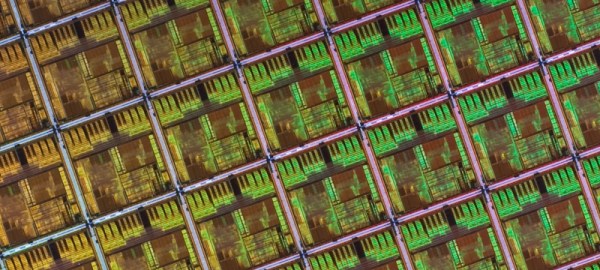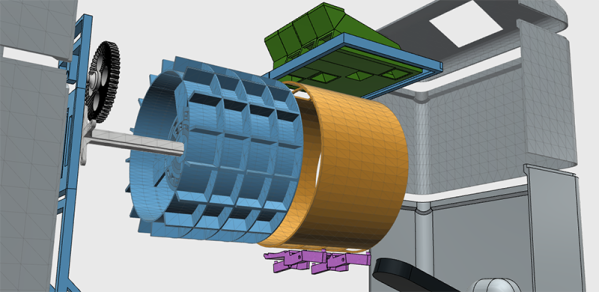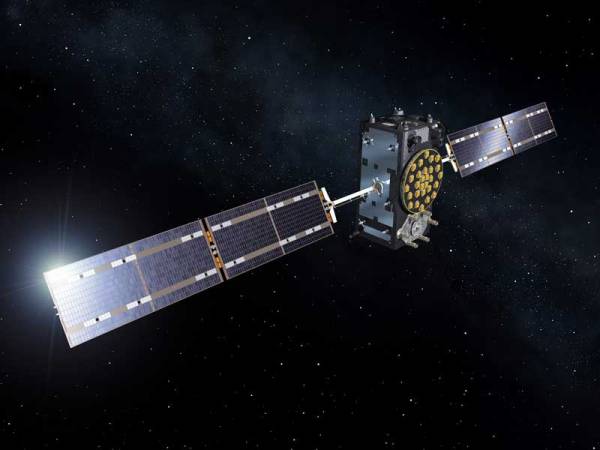If you’re in the DC area, clear your schedule this Saturday night. Hackaday is hosting a Meetup at Nova Labs starting at 6pm. All you need to do is let us know you’re planning to attend.
The Reston, Virginia hackerspace is minutes away from Dulles airport. If you haven’t stopped by the hackerspace since they moved this is a great chance to see the new location. Bring along any hardware you’re working on. You can give a lightning talk about it, or just show it off casually while enjoying some food and beverage. Several members of the Hackaday crew will be on hand: [Anool Mahidharia] will be in town presenting a weekend-long workshop on PCB design using KiCAD. [Mike], [Brian], and [Sophi] will join him for the meetup on Saturday evening. For more details on what is going down that weekend take a look at the original announcement post. See you soon!






















